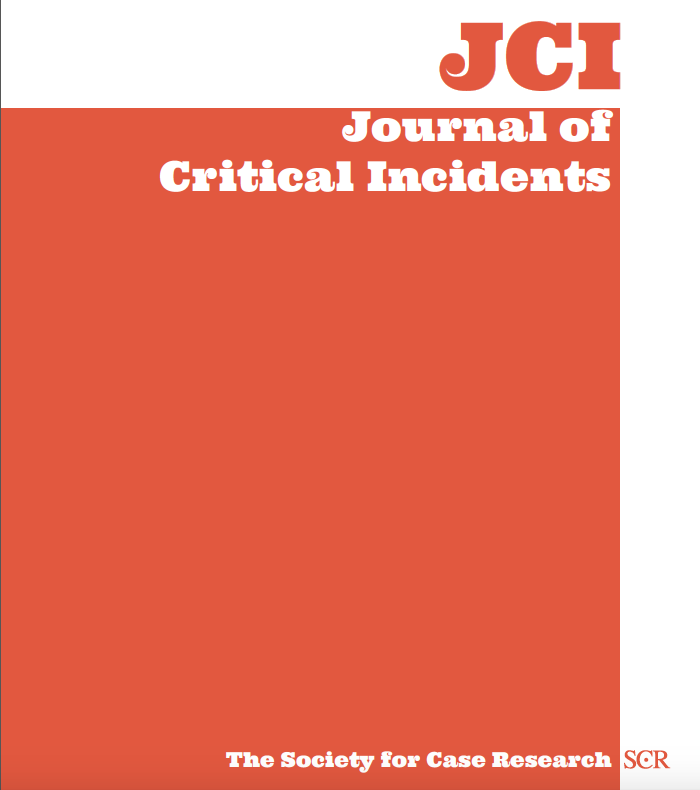Trolling Twitter: Defamation in an Online World

This critical incident stems from an extended exchange of comments over Twitter between film actor James Woods and an anonymous Twitter user under the pseudonym “Abe List.” Both users seemed to revel in the messy, rambunctious, and often impolite milieu of Twitter. In the course of their Twitter war, Abe List tweeted, “cocaine addict James Woods still sniffing and spouting.” The comment made use of the popular internet meme of asking whether someone is “high” or “smoking crack” to challenge that person’s position as crazy or outrageous. Woods sued Abe List, characterizing his tweet as defamation and alleging that Abe List had jeopardized Woods’ good name and reputation. Had the 140-character free-for-all that the two engaged in left Abe List vulnerable to a claim of defamation? Could Abe List be liable for tweets that were very much like Woods’ own tweets?
- Analyze the law and facts of a case to determine the likelihood of success of a defamation claim.
- Identify the additional burdens faced by a public figure when asserting a defamation claim and apply the law related to the defamation of a public figure.
- Examine how the context of statements made on Twitter and other social media will affect the analysis of internet-based defamation claims.
- Analyze and evaluate how financial and social considerations, some of which are beyond the merits of a defamation claim, may affect the outcome of the lawsuit.
